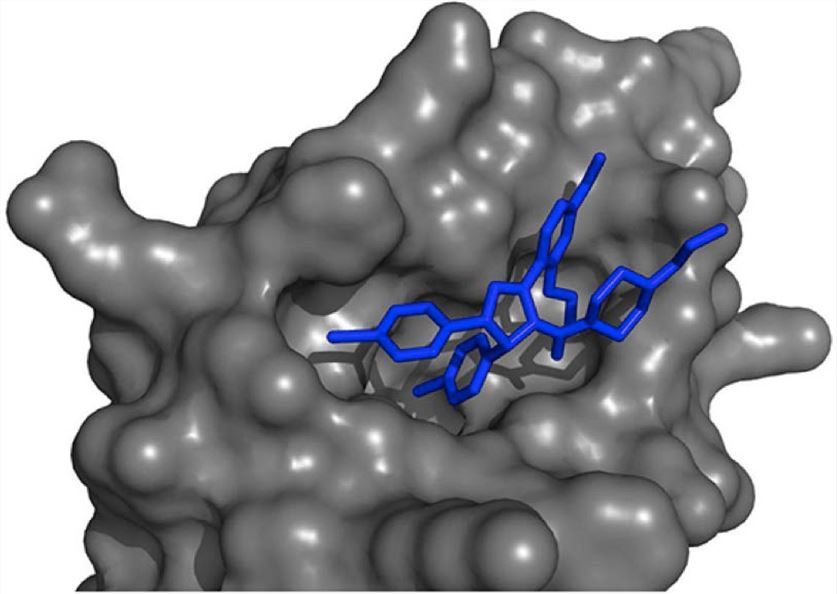Computational pharmacology uses in silico techniques to better understand and predict how drugs affect biological systems, which can, in turn, improve clinical use, avoid unwanted side effects, and guide the selection and development of better treatments. Creative Biolabs is dedicated to establishing the most exquisite service platform for our clients and our one-stop computational pharmacology services can provide comprehensive technical support to advance our clients’ projects.
Computational pharmacology is a rapidly growing area that globally covers the development of techniques for using software to capture and integrate biological and medical data from many diverse sources. The use of computational methods permeates all aspects of drug discovery today and forms the core of structure-based drug design. Computational drug designing can be used to analyze the target structures for possible binding / active sites, generate candidate molecules, check for their drug-likeness, dock these molecules with the target, rank them according to their binding affinities, further optimize the molecules to improve binding characteristics. Major roles of computation in drug discovery are ADMET prediction and virtual ligand screening. The need for ADMET information starts with the design of new compounds. Virtual screening is a knowledge-driven approach that requires structural information either on bioactive ligands for the target of interest (ligand-based virtual screening) or on the target (target-based virtual screening) itself.
 Fig.1 Computational approaches for target prediction.
Fig.1 Computational approaches for target prediction.
The use ofcomputational methods in drug development helps in selecting only a potent lead molecule and may thus prevent late-stage clinical failures, thereby a significant reduction in cost can be achieved. There is a diverse range of ligand-based virtual screening methods. Their degree of sophistication and their ultimate computational cost depends on the type of structural information being used. For example, target-based virtual screening methods depend on the availability of structural information of the target, which is either determined experimentally or derived computationally by means of homology modeling techniques. This method aims at providing, on one hand, a good approximation of the expected conformation and orientation of the ligand into the protein cavity (docking) and, on the other hand, a reasonable estimation of its binding affinity (scoring). In addition, the computational approaches of ADMET prediction need to consider two aspects, namely data modeling and molecular modeling.
At Creative Biolabs, we can provide a variety of computational methods to meet customers’ specific requirements.
Creative Biolabs has focused on the development of computational protein design for years, and we whole-heartedly cooperate with you to accomplish our shared goals. Based on our professional technology platform, we provide you with outstanding support to meet your specific needs. If you are interested in our services, please contact us for more details.
All listed services and products are For Research Use Only. Do Not use in any diagnostic or therapeutic applications.